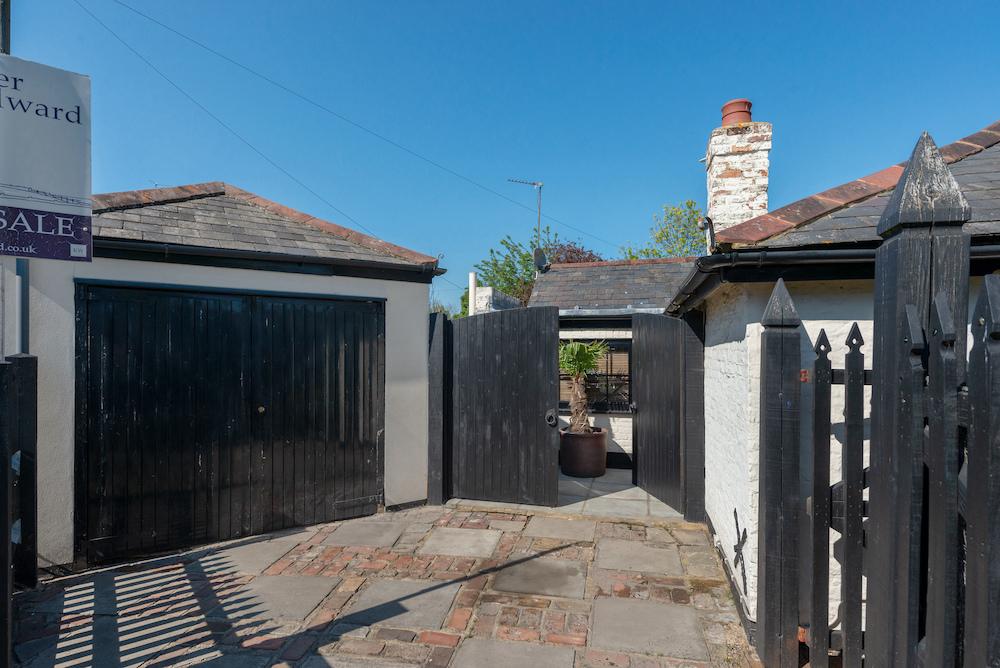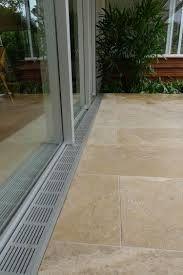Search the Community
Showing results for tags 'french drain'.
-
A recent damp and timber survey discovered raised external ground levels which are one of the things causing damp walls inside the house. Please note this house was built in 1810 and has no DPC. The surveyor suggests the following: Form a trench at the wall/path junction to a depth of 150mm below the physical damp proof course or internal floor level and fitting Aco drainage or similar, discharging into suitable drainage or back filling with pea gravel to allow drainage of rainwater. Any gravel filled trench should incorporate a suitable membrane against the wall surface and drainage so that water does not pool within the trench, which over time would penetrate to the full thickness of the wall contributing to internal dampness. Guidance on how to install such a membrane and drainage can be obtained from manufactures websites. A couple of questions: I am leaning towards a French drain because it has more flexibility for getting around potential obstacles, is less permanent if things go wrong (rip it out and replace etc), and does not need to be physically fixed in place introducing more impermeable substances into the area with damp. Is this logic sound or am I missing something? Does anyone have an idea of what sort of membrane he may be suggesting? I can follow up with him but just wanted an opinion on here Given the age of the property and it's construction am I missing a trick where something else would be preferable? A few pics for reference attached
- 10 replies
-
Well, I think I have asked something similar before on the BH forum ...and it ended in me googling a load of info on Level access thresholds etc. the Building inspector came over last week ...to check the roof and structure and I was talking to him about low thresholds as i am STILL worried about water ingress and DPC differences and stuff ..He didn't seem to think it was difficult ...In fact didn't seem to flinch or question But he DID say the way he would cope with it ....which i suppose translates to "you better do it this way" He basically suggested an ACO slot drain ....Which I havd already surmised ....but then told me to basically FOLD the DPC into a C shape at the thresholds not sure what he meant there ...I should have asked ..I am guessing that it meets the REAL dpc at the lower level and then scoops up and into the brickwork just UNDER the ACO ....maybe The problem I have (one of loads) ...is that the wife "wants" these lowered thresholds at the back ...but there are 3 doors there ...so I suppose to keep the patio level it would be wise to do them all ? Otherwise the patio line at the house will be going up and down like fiddlers elbow ....not a good look But then again ...would this mean running an ACO across the ENTIRE back of the house line ..sounds mad i know ....but I am scare dto death of breaching the integrity of the DPC layer ....but also dont want rainwater backing up into the doorways These pics should help explain what i mean ...yellow bits are doorways ....red bit is the extent of the patio and i suppose that pic is how they might look





